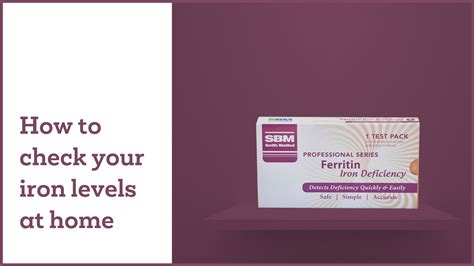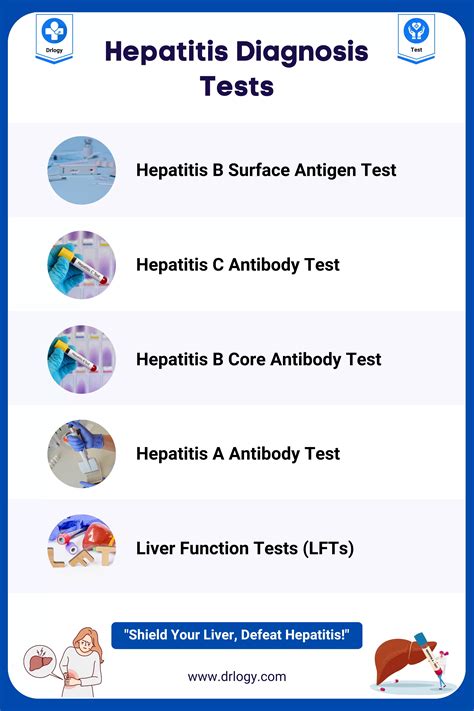Iron deficiency, a condition characterized by low iron levels in the body, is a widespread health concern affecting millions of people worldwide. It can lead to anemia, a decrease in red blood cells or the amount of hemoglobin in the blood, resulting in reduced oxygen delivery to tissues and organs. Understanding the causes of low iron is crucial for prevention, diagnosis, and treatment.
Dietary Factors
One of the primary causes of iron deficiency is inadequate dietary intake. Iron from plant-based sources, known as non-heme iron, is not absorbed as efficiently by the body as the heme iron found in animal products. Therefore, individuals following a vegetarian or vegan diet are at a higher risk of developing iron deficiency if they do not consume enough iron-rich plant foods or fortified cereals. Moreover, foods that inhibit iron absorption, such as those high in oxalates (like spinach and beets) or phytates (found in whole grains and legumes), can further reduce iron intake when consumed in large quantities.
Increased Demand
Certain life stages or conditions can increase the body’s demand for iron. Pregnancy is a notable example, where the demand for iron surges due to the increased blood volume and the needs of the growing fetus. If the dietary intake does not meet this increased demand, iron deficiency can develop. Similarly, athletes, especially those involved in endurance sports, may have higher iron requirements due to the increased destruction of red blood cells.
Loss of Iron
Blood loss is another significant cause of iron deficiency. This can occur due to menstruation in women, where heavy or prolonged menstrual periods can lead to significant iron loss over time. Internal bleeding, such as from ulcers, cancer, or regular use of aspirin, can also lead to iron deficiency. In addition, donations of blood, though altruistic, can temporarily reduce an individual’s iron stores if done too frequently without adequate recovery time.
Malabsorption
Some conditions and surgeries can impair the body’s ability to absorb iron. For instance, celiac disease damages the small intestine, leading to malabsorption of various nutrients, including iron. Similarly, gastric bypass surgery can reduce the body’s ability to absorb iron by altering the digestive tract’s anatomy, particularly affecting the duodenum, the primary site of iron absorption.
Testing for Iron Deficiency at Home
While definitive diagnosis of iron deficiency requires a blood test performed by a healthcare professional, there are at-home tests that can provide preliminary insights into one’s iron status. These tests typically measure the level of ferritin, a protein that stores iron in the body, and can indicate iron deficiency when levels are low. However, it’s essential to consult with a healthcare provider to interpret the results accurately and discuss the next steps.
It's crucial to understand that symptoms of iron deficiency can be subtle and may not always be immediately noticeable. Fatigue, weakness, pale skin, and shortness of breath are common signs, but they can also be attributed to other conditions. Therefore, regular health check-ups and discussing any concerns with a healthcare provider are vital for early detection and prevention of complications.
Managing and Preventing Iron Deficiency
Prevention and management of iron deficiency involve a combination of dietary adjustments and, if necessary, supplements. Consuming foods high in vitamin C (such as citrus fruits, bell peppers, and tomatoes) along with iron-rich foods can enhance non-heme iron absorption. Cooking in cast-iron cookware and avoiding tea or coffee with meals (as they can inhibit iron absorption) are also beneficial strategies. For individuals with diagnosed iron deficiency, iron supplements can be prescribed by a healthcare provider to replenish iron stores.
How can I boost my iron levels naturally?
+Eating foods rich in iron, such as red meat, poultry, fish, beans, lentils, and fortified cereals, is essential. Vitamin C can enhance iron absorption, so consuming foods high in vitamin C along with iron-rich foods is beneficial. Additionally, cooking in cast-iron cookware can increase iron intake.
Can iron deficiency be treated with diet alone?
+For mild cases of iron deficiency, dietary changes may be sufficient to replenish iron stores. However, in more severe cases or where dietary sources are insufficient, iron supplements may be necessary under the guidance of a healthcare provider.
How long does it take to correct iron deficiency?
+The time it takes to correct iron deficiency depends on the severity of the deficiency, the effectiveness of the treatment plan, and individual factors such as overall health and absorption efficiency. Generally, noticeable improvements can be seen within a few weeks to months after starting treatment, but it may take longer for iron stores to fully replenish.
In conclusion, understanding the causes of low iron and taking proactive steps towards its prevention and management are crucial for maintaining good health. By recognizing the potential for iron deficiency and acting early, individuals can prevent the progression to more severe conditions like anemia and ensure they maintain the energy and vitality needed for daily life. Regular check-ups with a healthcare provider and open discussions about dietary habits, lifestyle, and any symptoms are key to a timely diagnosis and effective treatment plan.


